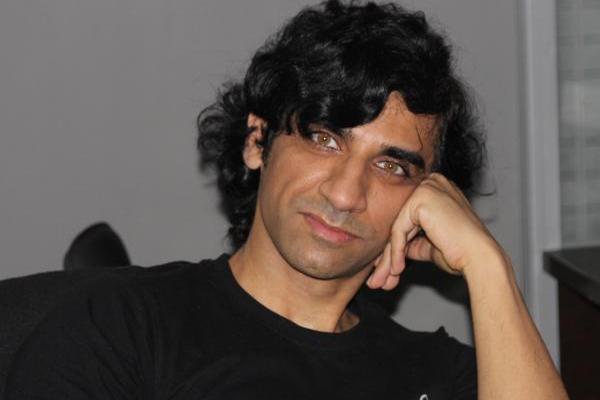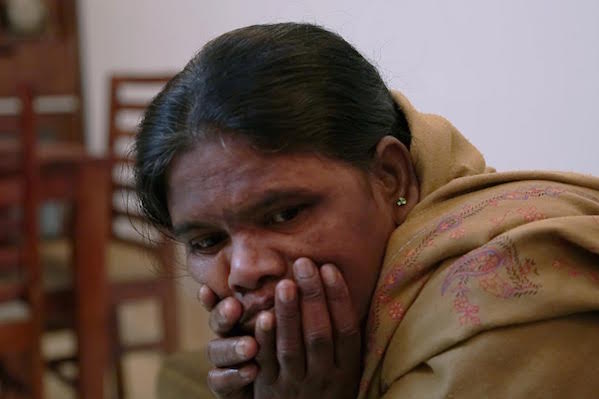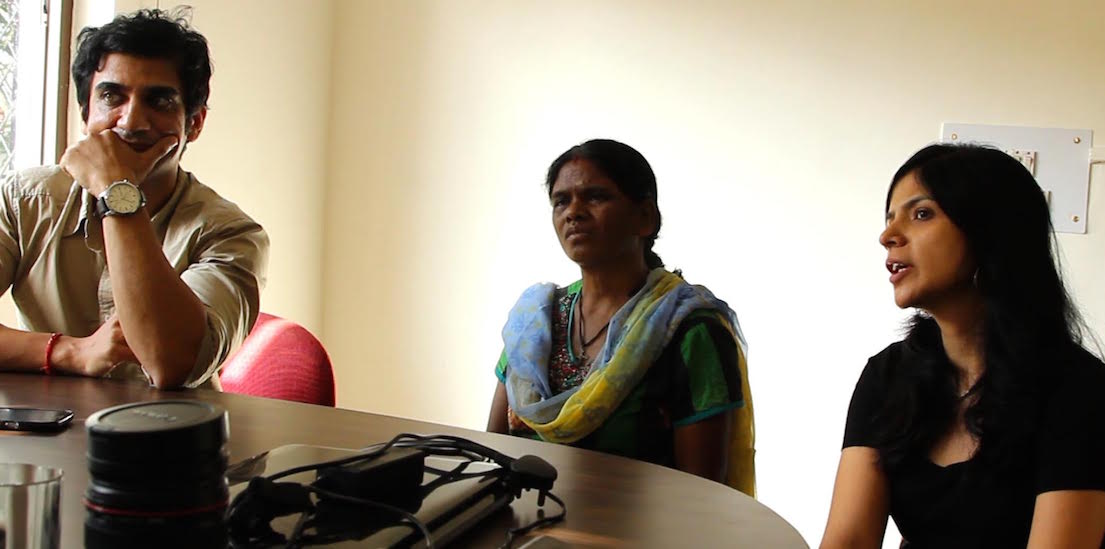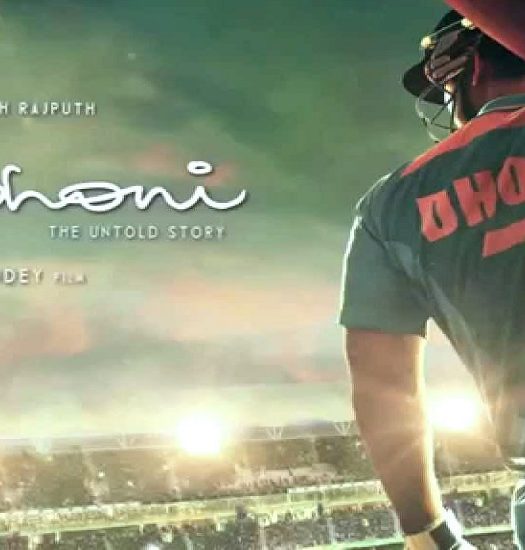As a documentary filmmaker you cannot influence your subject: Pankaj
In Delhi, a house help finds her daughter dead. The distressed mother then goes on a mad run to get justice. That’s Cecilia for you. Pankaj Johar explores the crooked social system with this dark documentary. The film is screening at the JIO MAMI 18th Mumbai Film Festival this year. The director opens up about his process, challenges and future endeavors.

Pankaj Johar
What was the process of making Cecilia like?
Unlike narrative cinema where you more or less know how long you will be filming, documentaries are like being on a road without any map. You are following your characters’ journey and have to be very patient since these are real people. Sometimes it can take years before you know when to stop. I was following the struggle of Cecilia, the central character in the film who was trying to get justice for her daughter who had been trafficked and found dead in Delhi. We all know how miserably slow the whole judicial system is in India. So, at the outset, I presumed that I will be filming for a minimum of three years. But after facing numerous odds along the way, Cecilia finally gave up and withdrew the case. Tragically, she lost her own life six months later.
Considering the risks involved in shooting such a subject, did you at any point want to give up?
I think the primary obstacle was how to tell the story. Unlike in the West, you cannot document the court proceedings in India. And if I had tried to sneak the camera, the risk of jeopardizing the case would have been very high. I could not film the conversation with the police, the lawyers or even the family. So I had to figure out a way to put across what was happening. We used a hidden camera at a lot of places and sometimes just my phone to record the audio. We tried a lot of things on the edit table and eventually realized that it was important to have a personal narrative.
There were a lot of times during production when I wanted to give up especially when we started getting threatening calls. There were times when despite all of Cecilia’s efforts, everyone seemed to be going against her including her husband and villagers. At that time, we thought of persuading Cecilia to stop. But that would not have been right. As a documentary filmmaker you cannot cross that line and influence your subject. Eventually whatever decisions she took were her own.
The film doesn’t adopt conventional shot-taking where every frame is pitch-perfect and balanced. Yet, it succeeds in evoking a gloomy mood throughout. Your thoughts?
That is true. One reason for that is that I ended up doing the camera work myself and I am not a professional DoP. Cecilia was going through a very tumultuous period in her life. And the last thing she would have wanted was to have a camera recording her intensely personal moments. So I had to first make sure that she understood why I was doing all this. Secondly, I could not have another person, whom she barely knew filming her. She got very attached to us and slowly became comfortable with having me around.
I think most of the documentaries have a raw look, which you don’t mind as a viewer if you are hooked to the story. And this was a film which didn’t really demand great camera work. It has somewhat an investigative film and the edgy camera work added to its journalistic and uncertain feel.

Still from Cecilia
I was deeply touched and pained watching this film. As a filmmaker, were there moments that were overwhelming for you too?
For me, the most overwhelming experience was watching Cecilia say sorry to the villagers for having filed the case about her daughter’s trafficking and death. I mean, here was a mother who wanted to get justice for her daughter and see the traffickers behind bars. But after a year of struggle, she just gave up all hope and realised that the system will not let her win. Seeing her turn from a very strong and brave woman who was willing to go to any extent to get justice for her daughter, to someone who realised the futility of fighting a lone battle, was very hard. In the end when she wanted to go back to her village, the villagers would not let her back until she apologized. Listening to other stories of brave victims who opened up about their life of torture was equally painful.
Child trafficking is rampant all over the world. What role do you see cinema playing in highlighting the issue?
I think cinema has a very important role in highlighting the issue. Through the years, some of the most astonishing filmmakers of this generation have shone light on some very pressing issues of our times by highlighting various causes in their films. Those films have not just won accolades but also brought the world’s attention to these critical aspects that needed urgent attention. Films by Michael Moore and Ken Loach are great examples. Similar is the case with child trafficking.
According to a recent data released by United Nations, human trafficking is the third largest international crime industry (after illegal drugs and arms trafficking). Films have the power to engage people with very deep rooted messages. And it is high time that we have more films that talk about the menace of trafficking. We need more films like Mardaani, which despite being commercial, talked about this very dark aspect. Abhinav Shiv Tiwari’s Oass is another example.
Tell us about your future plans and projects as a filmmaker.
We have two finished scripts and are anxious to go on the floor with one of them at the earliest. I am also working on two documentaries, which are again very personal. One of them is on the politics of population control in India. They both are great works of art that require different skills. Of course, there is no money in India to make documentaries. Even after all the talk of independent cinema in our country growing by leaps and bounds, no one would want to put money in a documentary. And that is because India has a very niche audience of documentary watchers. India is full of stories, and audiences in the West want to see stories of real people in real life situations. During the last six years I have realised that it’s easier to raise money for documentaries, as compared to narrative cinema, by tapping into bodies that provide grants to filmmakers in developing countries.



